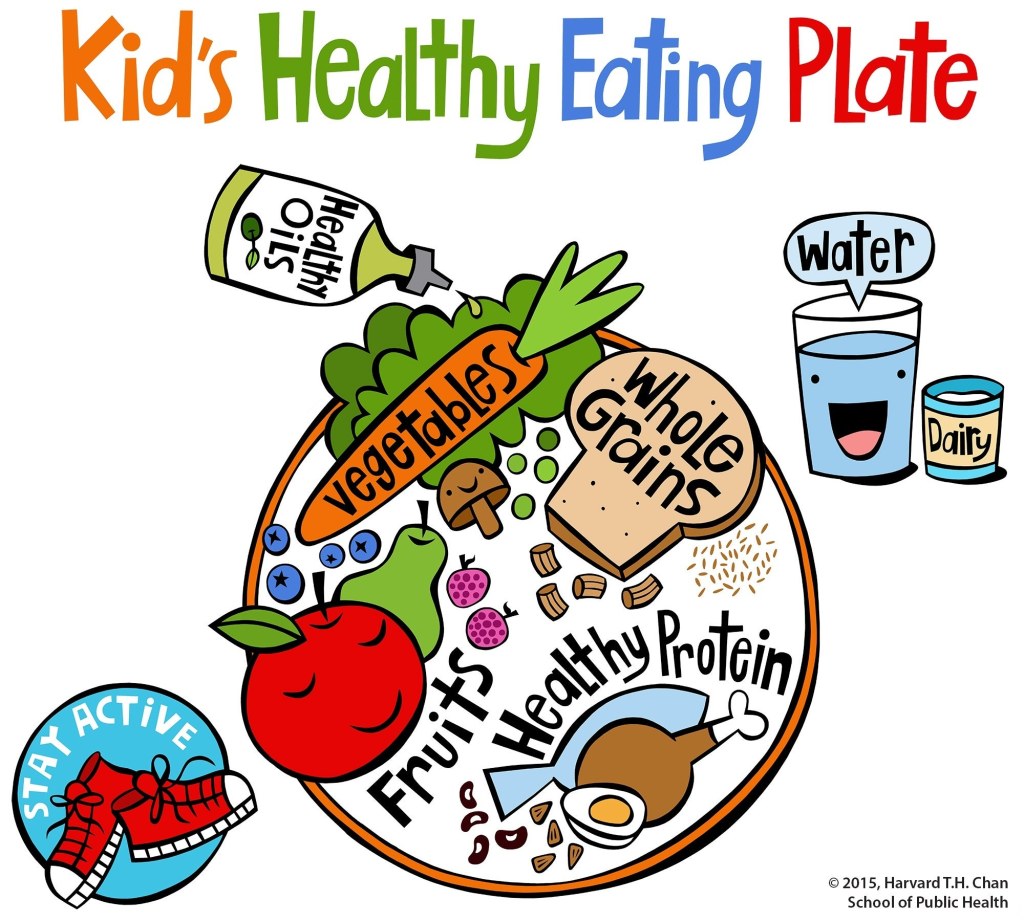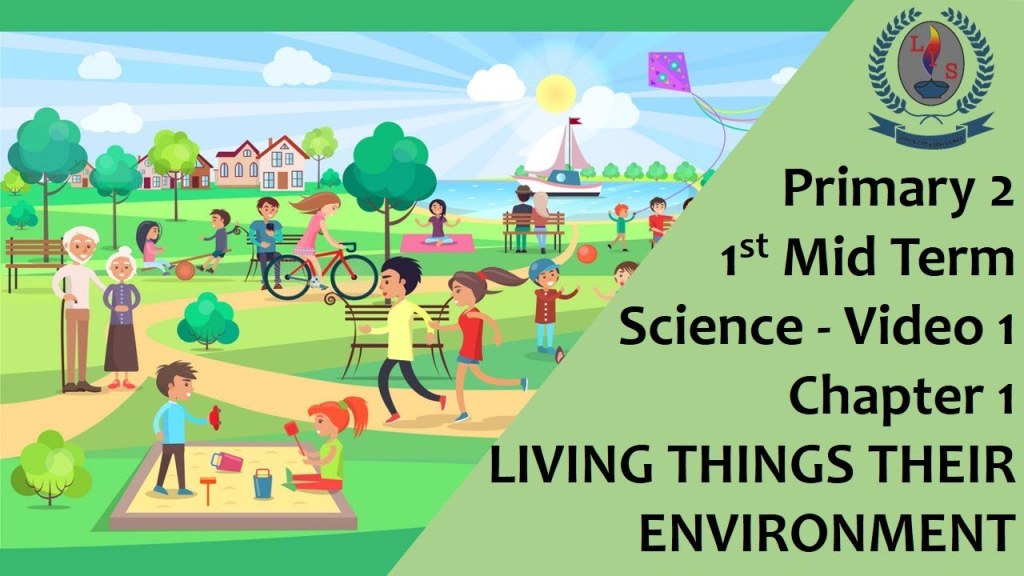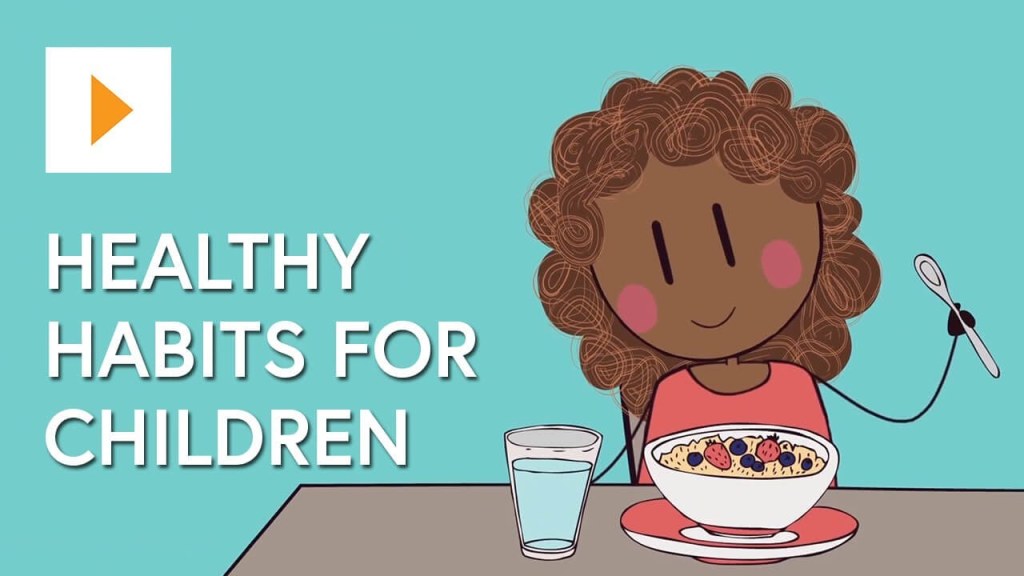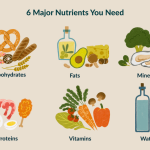Unlocking The Secrets Of Healthy Living For Primary 2: Empower Your Child’s Journey To Wellness!
Healthy Living for Primary 2
Hello, Readers! Today, we will be discussing the importance of healthy living for primary 2 students. It is crucial to instill healthy habits from a young age, as it lays the foundation for a lifetime of well-being. By adopting a healthy lifestyle, primary 2 students can enhance their physical, mental, and emotional development. Let’s explore this topic further and discover practical tips for a healthier lifestyle.
Introduction
In this section, we will provide an overview of healthy living for primary 2 students. It is important to prioritize physical activity, nutrition, and emotional well-being to ensure a holistic approach to health. By establishing healthy habits at a young age, primary 2 students can grow up to be strong, resilient, and confident individuals.
3 Picture Gallery: Unlocking The Secrets Of Healthy Living For Primary 2: Empower Your Child’s Journey To Wellness!



1. Physical activity: Engaging in regular physical activity is essential for primary 2 students. It helps improve their fitness levels, strengthens their muscles and bones, and enhances their overall coordination and balance. Encourage them to participate in sports, outdoor games, and fun exercises that keep them active and energized.

Image Source: harvard.edu
2. Nutrition: Proper nutrition plays a vital role in the growth and development of primary 2 students. It is important to provide them with a balanced diet that includes fruits, vegetables, whole grains, lean proteins, and dairy products. Teach them about the importance of making healthy food choices and the benefits of eating a variety of nutrient-rich foods.
3. Emotional well-being: Primary 2 students may experience various emotions and stressors. It is crucial to create a safe and supportive environment where they can express their feelings and emotions. Encourage open communication, provide opportunities for relaxation and mindfulness activities, and teach them coping strategies to manage stress effectively.
4. Hygiene habits: Teaching primary 2 students about good hygiene practices is essential for their overall well-being. Emphasize the importance of regular handwashing, proper dental care, and personal cleanliness. Educate them about the benefits of maintaining good hygiene habits to prevent the spread of germs and illnesses.

Image Source: ytimg.com
5. Screen time management: In today’s digital age, it is crucial to monitor and limit primary 2 students’ screen time. Excessive screen time can negatively impact their physical and mental health. Encourage them to engage in other activities such as reading, playing outdoor games, or pursuing hobbies that promote creativity and social interaction.
6. Sleep routine: A good night’s sleep is essential for primary 2 students’ overall well-being. Establish a consistent sleep routine that ensures they get enough restorative sleep. Encourage them to avoid electronics before bedtime and create a calm and comfortable sleeping environment.

Image Source: ytimg.com
7. Positive relationships: Building positive relationships with peers, teachers, and family members is crucial for primary 2 students’ social and emotional development. Encourage them to engage in activities that promote teamwork, empathy, and respect for others.
What
Healthy living for primary 2 students refers to adopting habits and practices that promote physical, mental, and emotional well-being. It encompasses various aspects, such as regular physical activity, balanced nutrition, emotional resilience, good hygiene habits, limited screen time, and adequate sleep.
Who
Primary 2 students, usually around the age of 7 or 8, benefit greatly from adopting a healthy lifestyle. By promoting healthy habits at this young age, parents, teachers, and caregivers can set a strong foundation for their long-term well-being.
When
Healthy living for primary 2 students should be prioritized throughout their development. It is essential to start early and reinforce healthy habits consistently to ensure they become ingrained behaviors. This will enable them to carry these habits into their adolescence and adulthood.
Where
The implementation of healthy living for primary 2 students should take place in various settings. This includes their homes, schools, and community environments. Collaboration between parents, teachers, and the community is essential to create a supportive and nurturing environment for their overall well-being.
Why
Promoting healthy living for primary 2 students is crucial for several reasons. It helps enhance their physical health, strengthens their immune system, improves their cognitive abilities, fosters emotional resilience, and establishes a foundation for a lifetime of healthy habits. By practicing healthy living, primary 2 students can grow up to be happy, confident, and well-rounded individuals.
How
Implementing healthy living for primary 2 students can be achieved through various strategies:
1. Education: Teach them about the importance of healthy habits through age-appropriate discussions, books, and interactive activities.
2. Role modeling: Set a positive example by practicing healthy habits yourself. Children often mirror the behaviors they observe.
3. Encouragement: Praise and reward primary 2 students for making healthy choices and engaging in physical activity.
4. Collaboration: Involve parents, teachers, and the community in promoting and supporting healthy living initiatives.
5. Incorporate in curriculum: Integrate lessons on healthy living within the primary 2 curriculum to reinforce the importance of these habits.
Advantages and Disadvantages
Advantages:
1. Improved physical health: Regular physical activity and proper nutrition contribute to better physical health, including stronger muscles and bones.
2. Enhanced cognitive abilities: Healthy living practices positively impact cognitive development, leading to improved concentration and academic performance.
3. Emotional well-being: Healthy living promotes emotional resilience, self-confidence, and a positive outlook on life.
4. Reduced risk of diseases: Healthy habits decrease the risk of various health conditions, such as obesity, diabetes, and heart disease.
5. Long-term benefits: Establishing healthy habits at a young age sets the stage for a lifetime of well-being.
Disadvantages:
1. Challenges in implementation: Encouraging primary 2 students to adopt healthy habits may face resistance or difficulty in breaking existing unhealthy habits.
2. Time constraints: Balancing schoolwork, extracurricular activities, and healthy living practices can be challenging.
3. Peer influence: Negative peer influence may hinder the adoption of healthy habits, necessitating additional support from parents and educators.
4. Limited availability of resources: Some communities may lack access to nutritious foods, safe outdoor spaces, or adequate healthcare facilities.
5. Information overload: Primary 2 students may encounter conflicting information about healthy living, requiring guidance to navigate through it.
FAQs
1. Q: How much physical activity should primary 2 students engage in?
A: Primary 2 students should aim for at least 60 minutes of moderate to vigorous physical activity every day.
2. Q: What are some nutritious snack options for primary 2 students?
A: Healthy snack options include fruits, vegetables, yogurt, whole grain crackers, and nuts.
3. Q: How can parents encourage their primary 2 students to adopt healthy habits?
A: Parents can lead by example, involve their children in meal planning and preparation, and make physical activity enjoyable.
4. Q: Is it necessary for primary 2 students to limit their screen time?
A: Yes, excessive screen time can negatively impact their physical and mental health. It is recommended to set limits on screen time.
5. Q: How can primary 2 students manage stress effectively?
A: Primary 2 students can manage stress through relaxation techniques like deep breathing, engaging in hobbies, and talking to a trusted adult.
Conclusion
In conclusion, prioritizing healthy living for primary 2 students is essential for their overall well-being. By focusing on physical activity, nutrition, emotional well-being, hygiene habits, screen time management, and sleep routine, primary 2 students can develop healthy habits that will benefit them throughout their lives. It is a collaborative effort involving parents, teachers, and the community to create an environment that fosters and supports these habits. Let us work together to empower primary 2 students to lead healthy and fulfilling lives.
Remember, healthy living starts from within. Encourage primary 2 students to make positive choices that will shape their future and contribute to a healthier society.
Disclaimer: The information provided in this article is for educational purposes only and should not replace professional advice. Please consult a healthcare professional or nutritionist for personalized guidance.
This post topic: Fitness Tips



